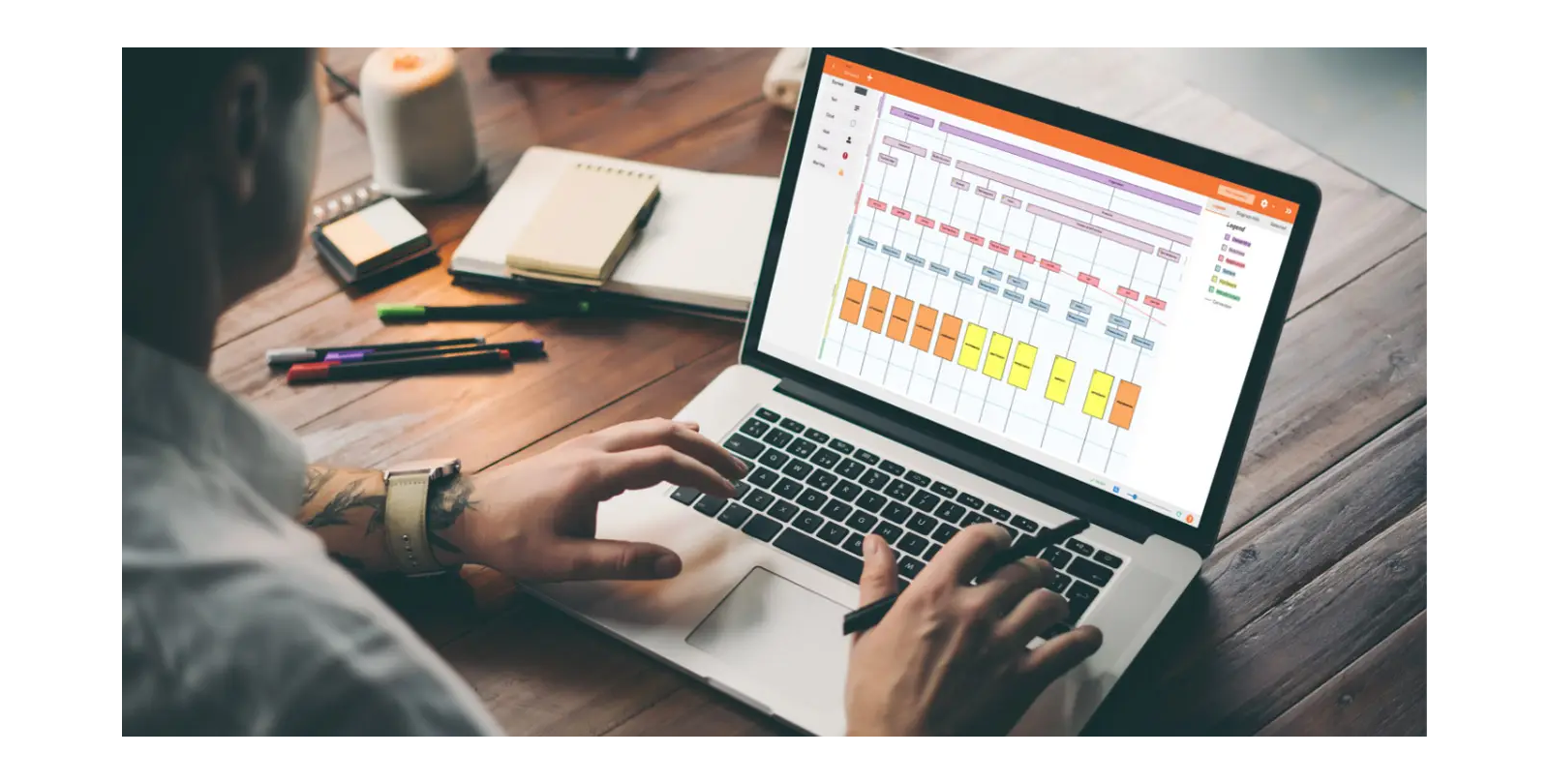OBASHI & Digital Twinning
International Data Flows CEO, Fergus Cloughley, offers a view on OBASHI & Digital Twinning, and what can be done by organisations to better understand their digital environments.
Cyber-Physical Infrastructure
I was invited to attended the National Cyber-Physical Infrastructure ecosystem round-table at the wonderful AMRC Factory 2050 venue last week. I thoroughly enjoyed the presentations and discussions, they were on point.
It was heartening to hear the conversation has move on and there is now understanding that being able to communicate the connectivity between humans and physical/digital assets is recognised as crucial across all industries and technologies. Business operations, supply chains and governance are fully dependent on the relationships and dependencies between people, processes and technology assets.
And increasingly they are also dependent on National Cyber-Physical infrastructure as well: Data centres, Telecoms/fibre cabling, Sensors, Internet (Tax, Medical appointments, Local council bookings), Public Information and Data. That themselves are also fully dependent on their own relationships and dependencies between their people, processes and technology assets.
What a tangled web we have woven, it’s getting very complex out there!
A Digital Twin
A Digital Twin or Digital Twinning has been on the cards for many years. Dr. Michael Grieves (at the time on faculty at the University of Michigan) first applied the concept of Digital Twins to manufacturing back in 2002. However it wasn't until 2010 that John Vickers from NASA who coined the term ‘Digital Twin’.
"A digital twin is a digital model of an intended or actual real-world physical product, system, or process (a physical twin) that serves as the effectively indistinguishable digital counterpart of it for practical purposes, such as simulation, integration, testing, monitoring, and maintenance."
It’s fair to say that the concept of Digital Twins had an engineering upbringing and was heavily influenced by Computer-Aided Design (CAD) and real-time manufacturing modelling.

So what to do?
We need to broaden our views when it comes to saying "We need a Big Picture." Traditionally, this 'Big Picture' has been limited to a spreadsheet or network diagram, and perhaps maybe an organigram. While this is generally good practice for getting a handle on the volume of your IT assets, this approach only gets you so far.
With Data Privacy, Cyber Security and the flow of data now crucial for just about every organisation, this traditional approach will not suffice. Organisations need to understand the connectivity between their people, business processes and technology assets. We need to to take a digital engineering approach.
And the term 'engineering approach' doesn't have to be intimidating. It's taking a common set of rules and laws, and applying them to better understand how your organisation operates.
We took a rigorous engineering approach when we developed the OBASHI Methodology. We created a common way for digital professionals to quickly map and model their physical and digital environments that everyone across the organisation can understand.
Get Started
- Create an account and receive Section A of the OBASHI Methodology for free.
- Start your free trial of OBASHI Professional
- Get in Touch
International Data Flows is a member of the Digital Twin Hub which was created in 2020 by the Centre for Digital Britain and the University of Cambridge.
